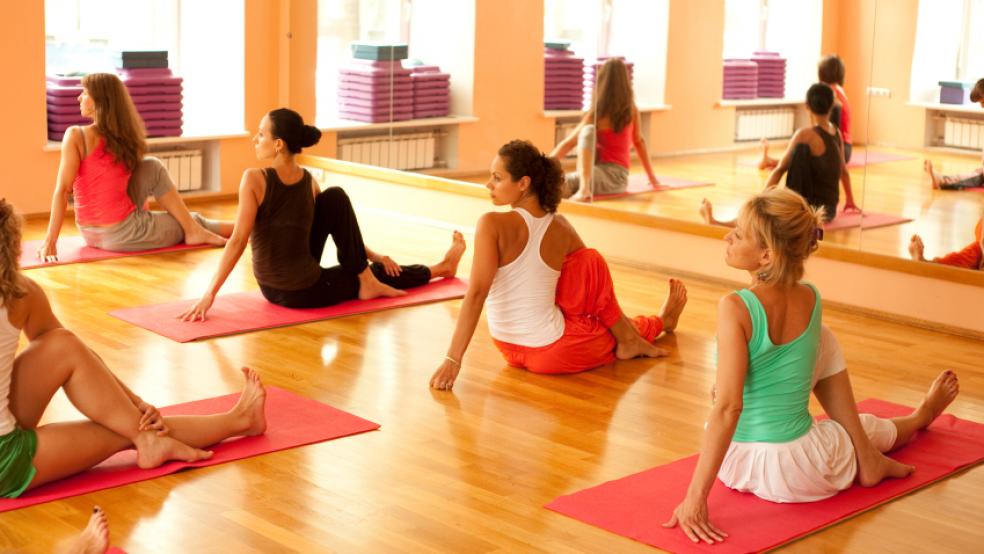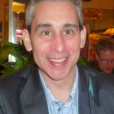Young people are generally healthy. But when 36-year-old Jessica Rich was diagnosed with multiple sclerosis earlier this year, she didn’t choose the conventional medical treatment and prescription drugs that would have attempted to slow the disease’s progress, prevent disability, and control pain. Instead, she opted for alternative treatments.
Rich’s traditional Chinese doctor prescribes herbs, and she’s also seen other alternative medicine experts, including a naturopath, a medic intuitive, and an energy healer – all at a whopping cost of $5,600. Her parents paid for most of this.
Related: Why You’ll Spend More on Health Care Next Year
The National Multiple Sclerosis Society recommends sticking to conventional treatments when adding complementary and alternative medicine (CAM). But Rich, who lives in New York City, believes traditional Western medicine doesn’t treat individuals holistically. She also distrusts the potential multiple side effects of pharmaceuticals.
“When you choose to do something naturally, you’re making an entire lifestyle change,” says Rich. “It's not just popping a pill and calling it a day. You are changing everything – from the time you go to sleep, to every morsel of food you put in your mouth.”
While most people in their 20s and 30s do not share Rich’s mistrust of medical science, many are embracing CAM, an expansive label that today includes everything from massage, meditation, acupuncture and yoga, to herbal, nutritional and plant-based supplements and homeopathic remedies. Unlike Rich, most millennials more often use alternative medicine to prevent illnesses and maintain wellbeing – rather than to actually cure existing sicknesses. Rich was only recently diagnosed with MS; there is no way of knowing what path her illness will take or whether alternative medicine will be able to sustain her in the decades ahead.
Roughly 11 percent of millennials used homeopathic medicine in 2013, up from 4 percent in 2009, according to a 2013 report by the Natural Marketing Institute, a consulting firm in Harleysville, Penn. By comparison, only 6 percent of baby boomers and 7 percent of Gen Xers reported using homeopathic medicine in 2013.
Millennials were also the largest growing segment of people to use supplements: In 2013, 68 percent reported that they took some type of supplement in the last 30 days, compared to 50 percent in 2009. The supplement industry is an approximately $32.5 billion business, according to the Nutrition Business Journal.
“Because they've been constantly exposed to new, new, new and different, different, different, this generation are early adopters and they are more likely to be accepting of newer ideas and certainly alternative medicines and alternative products,” says Maryellen Molyneaux, president of the Natural Marketing Institute.
Related: The New Playbook That Taps a $200 Billion Millennial Market
Some medical experts, however, consider some CAM treatments placebos at best – or at worst, potentially dangerous pseudoscience.
Steven Salzberg, a professor of medicine, biostatistics and computer science at Johns Hopkins University School of Medicine in Baltimore, has opposed integrating alternative medicine into academic curriculums. He says most alternative modalities and supplements have shown no scientific evidence of success.
While he concedes that yoga, meditation and massage can be helpful, he says many practitioners and marketers use the CAM label to promote bogus claims. He also warns that some herbal remedies can have “nasty” interactions with prescription medicine. His advice to consumers is to take a skeptical view of the CAM marketplace.
“We need to do a better job of educating people in high school and college to be a little bit more careful and frankly skeptical about claims,” he says. “There are no secret cures for cancer, no secrets cure for aging that you can buy from a particular website.”
Related: Millennials vs. Robots—Who Will Win the Jobs?
Despite such skepticism, however, millennial devotees continue to use alternative medicine to address their overall wellbeing, particularly for prevention, and some medical schools are taking note. Harvard University, Boston University and Duke University are increasingly offering electives in mind and body practices.
Richard Nahin, the lead epidemiologist of the National Center for Complementary and Alternative Medicine (part of the National Institutes for Health), says that training physicians in these practices helps make them more sensitive to their patients’ needs when it comes to alternative therapies.
“Younger physicians are more likely than older physicians to recommend complementary medicine,” he says. “There's also the gender effect. Female physicians are more likely to recommend and support CAM use than are male physicians.”
He adds that millennials have been exposed to activities like yoga at younger ages than in the past and that many younger adults use mind and body treatments like yoga, tai-chi and meditation for their wellness benefits.
Erin Oglesby, 33, a New York City resident, is a craniosacral therapist who uses therapeutic touch to relieve pain and reduce stress. She’s also a yoga teacher who prefers taking herbal supplements like topical arnica and Epsom salt for sore muscles and bruises; occasionally, she’s also use essential oil blends for skin issues and stress. She turned to these methods in her late 20s to manage stress, anxiety, depression and acne.
Related: D.C. Lunges Into ‘Yoga Tax’ Battle
“Natural remedies and alternative medicine feel safer, cleaner and more in line with my values,” she says. That’s not something most people would ever say about their medical treatment.
Top Reads from The Fiscal Times:



